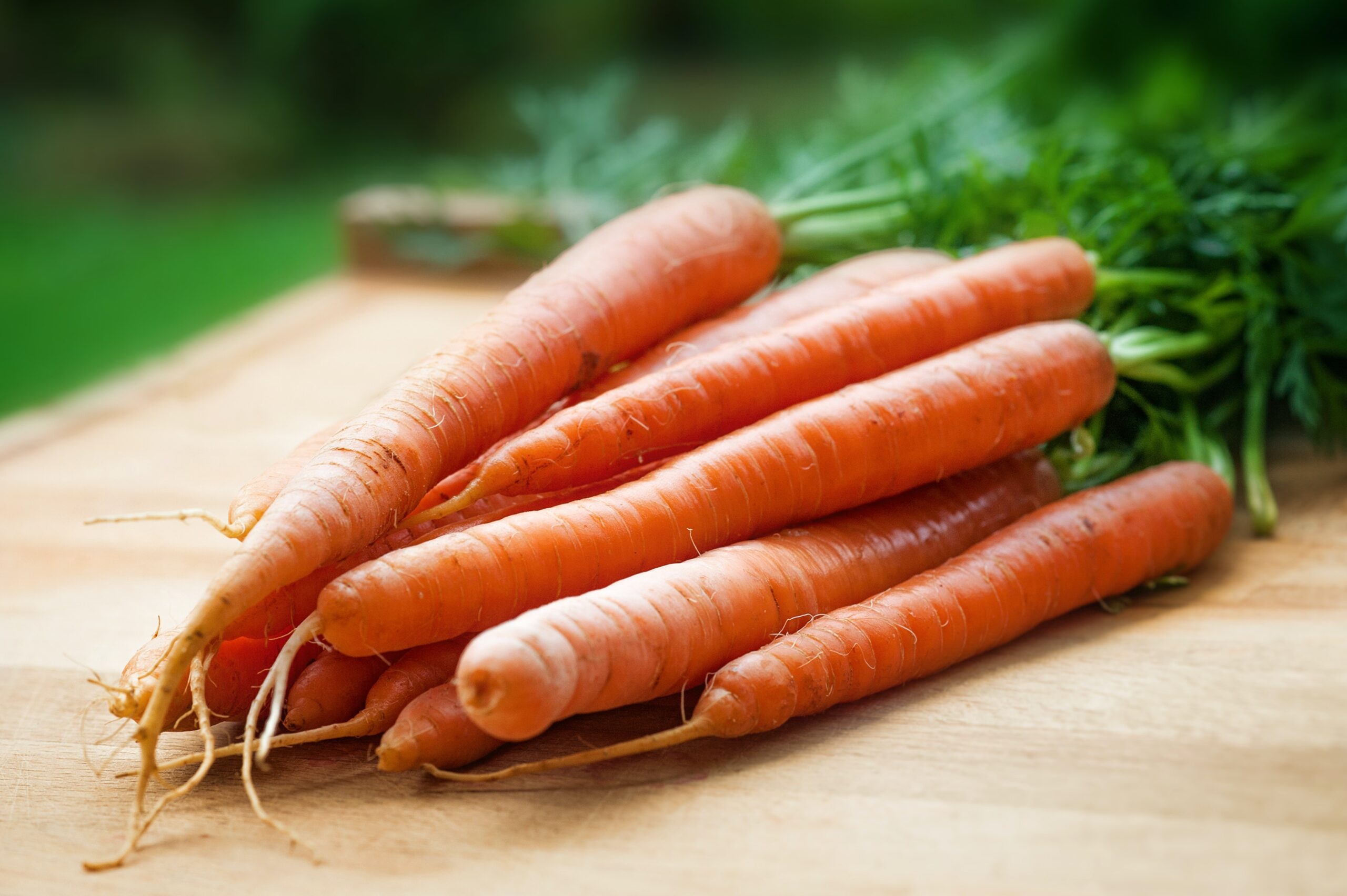Production technology of carrot
Introduction
The carrot (Daucus carota L.) is a member of the Umbelliferae family. The species is thought to be native to Asia, however it is now grown in a variety of nations. Carrots are an essential vegetable because of its high yield per unit area around the world and their growing popularity as a human meal. It has an orange-yellow color that adds appeal to dishes on a plate and is high in carotene, a vitamin A precursor. Let’s discuss the production technology of carrot.
Carrot is heavy in sugar and includes significant amounts of thiamine and riboflavin. It can be eaten raw or cooked in curries, and it’s also used to make pickles and sweetmeats. Black carrots are used in the production of kanji, a refreshing summer treat. Here is the complete production technology of carrot.
Climate
Carrots are a cool-season crop, though certain tropical varieties may withstand hot weather. Temperature has an impact on color development and root growth. Carrots grown at 10-15 degrees Celsius get a dull color. Those grown at 15-20°C will have a good color, whilst those produced at 20-25°C will have a less vibrant color. The shortest roots are generated at the greatest temperatures, while the longest roots are produced at temperatures between 10-15°C. Temperature has a different influence depending on the soil type and conditions.
Soil
Carrots prefer a loamy soil that is loose-textured, deep, fertile, and well-drained. The land chosen should be able to be ploughed to a depth of 20-30 cm. On excessively acidic soil, carrots do not grow well. At pH 2.5 or less, yields are extremely poor, and maximum yields are estimated around pH 6.5. Sandy loam is best for an early crop, although silt or silt loam is excellent for large yields. Carrots for the market are mainly grown in sandy loam and other light soils. Slow-growing roots may have a lower flavor, smoothness, and texture than faster-growing roots.
Manures and Fertilizers
A output of roughly 275 kg/ha is estimated 125 kg of potassium, 40 kg of nitrogen, and 22.5 kg of phosphorus are removed from the soil. Well-rotted FYM should be applied at a rate of roughly 30 tonnes per hectare, with NPK supplementation based on the soil’s fertility level. Bangulzai, found that increasing the rate of N and K2O boosted carrot production gradually. According to Shaikh, boosting N with K fertilizers boosted yield. Leghari, discovered that using 100 kilogram N, 100 kg P2O5, and 125 kg K2O resulted in a greater yield.
Seed Rate
The suggested seed rate for native types is between 10-15 kg/ha, whereas it is around 10 kg/ha for imported kinds. Early planting necessitates more seed than in-time sowing. The seeds are sown 60 cm apart on ridges, and the area is immediately irrigated after sowing.
Read Also
https://mianfarms.com/production-technology-of-onion/
Sowing
Imported cultivars are planted in November, whereas local kinds are sown in September and October. December is a good time to plant. If the crop is planted rapidly, it will be thinned three to four weeks after sowing, and a spacing of 4-6 cm will be maintained between plants. Plant spacing is critical for the correct growth of roots.
Varieties
Carrots are divided into two categories: temperate and tropical. Temperate varieties have a biennial life cycle, while tropical kinds have an annual life cycle. Red Long Lord and Mirpurkhas Selection are two of the most popular types.
Harvesting
When carrots are only partially developed, they are harvested for the market. When the soil is moist, they are usually scooped out with a spade or a khurpa. All split-and-branched roots are left in the field, and the roots are partially graded. Before being shipped to market, the roots are clipped and cleansed.
Yield
Tropical varieties are known for their great yields. The yield ranges from 20,000 to 30,000 kg per hectare. This is the complete production technology of carrot.
Up next:
https://mianfarms.com/garden-design/
